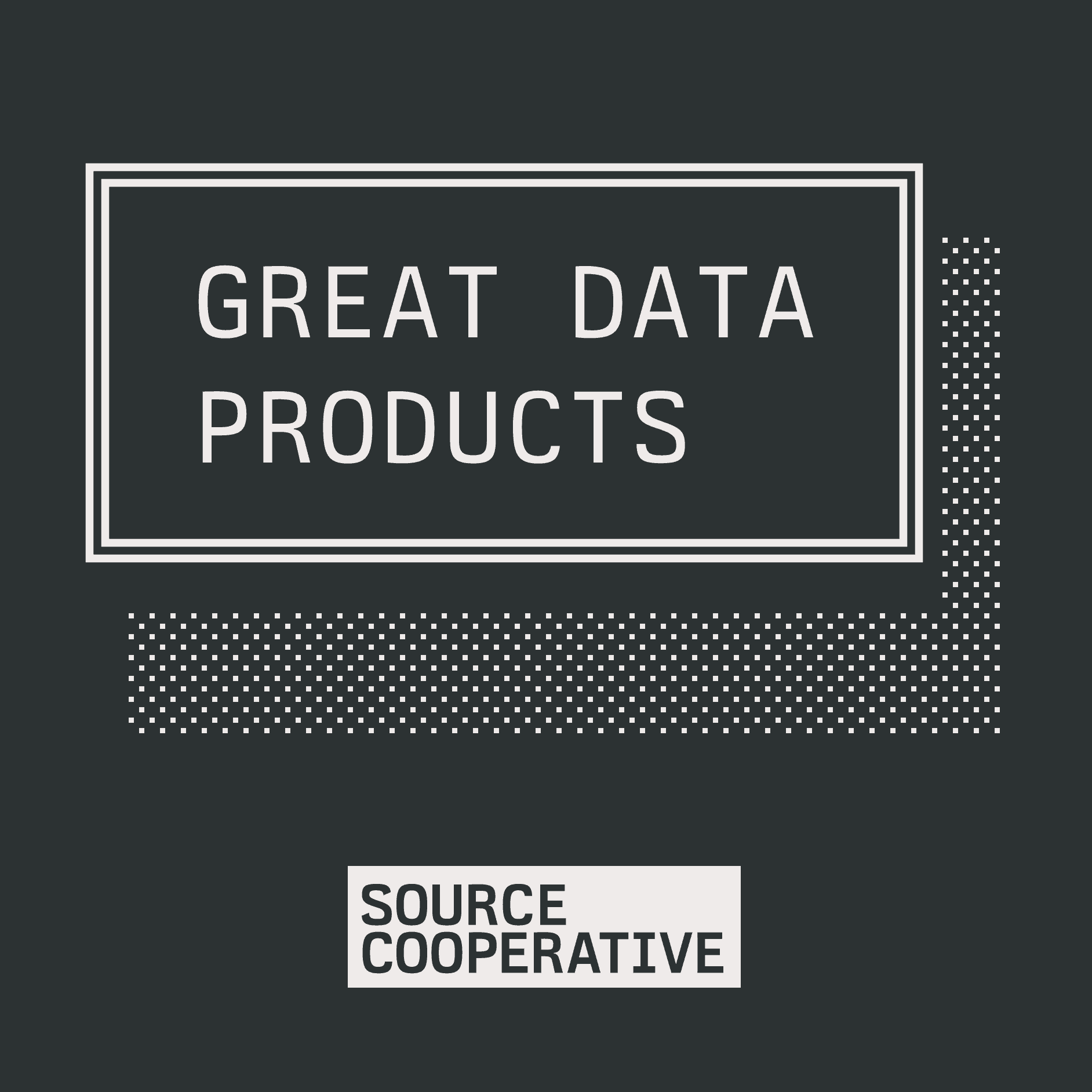

Jed talks with Brandon Liu about building maps for the web with Protomaps and PMTiles. We cover why new formats won't work without a compelling application, how a single-file base map functions as a reusable data product, designing simple specs for long-term usability, and how object storage-based approaches can replace server-based stacks while staying fast and easy to integrate. Many thanks to our listeners from Norway and Egypt who stayed up very late for the live stream!
Links and Resources
- Protomaps – a free, customizable base map you can self-host
- PMTiles Viewer – drag-and-drop viewer for .pmtiles files
- Browse 2.7 billion building footprints in PMTiles in the Google-Microsoft-OSM Open Buildings - combined by VIDA product on Source
- Emergent standards white paper from the Institutional Architecture Lab
Key takeaways:
1. Ship a killer app if you want a new format to gain traction — The Protomaps base map is the product that makes the PMTiles format matter.
2. Single-file, object storage first — PMTiles runs from a bucket or an SD card, with a browser-based viewer for offline use.
3. Design simple, future‑proof specifications — Keep formats small and reimplementable with minimal dependencies; simplicity preserves longevity and portability.
4. Prioritize the developer experience — Single-binary installs, easy local preview, and eliminating incidental complexity drive adoption more than raw capability.
5. Build the right pipeline for the job — Separate visualization-optimized packaging from analysis-ready data; don’t force one format to do everything.